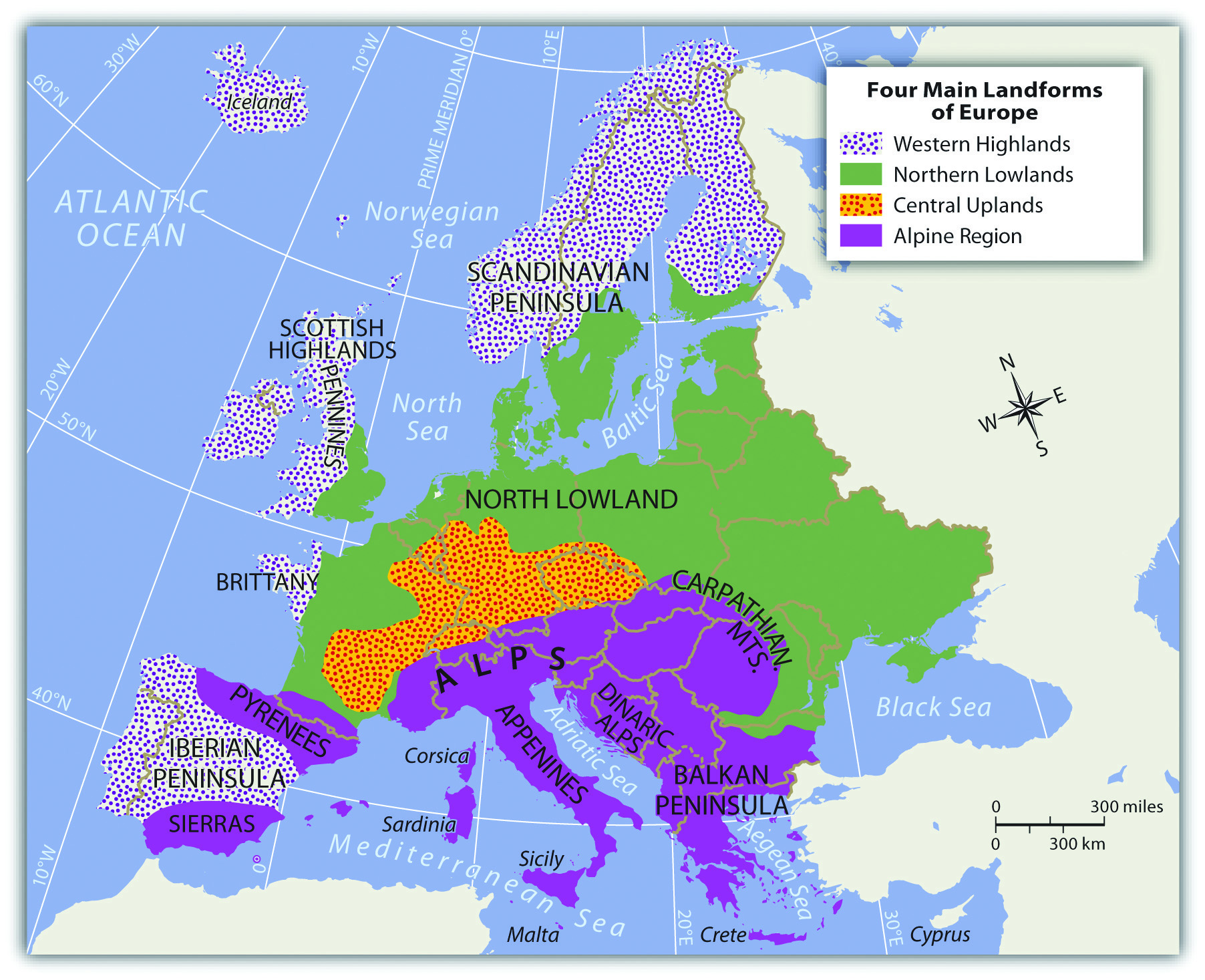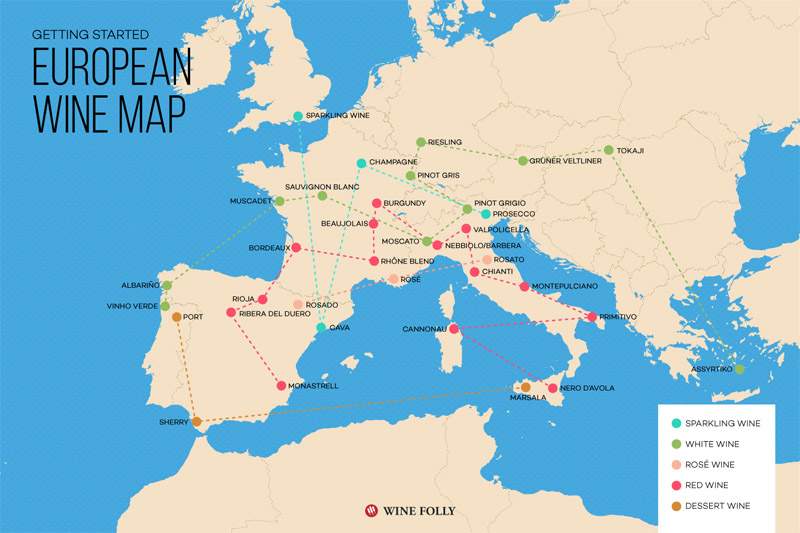

We hope you’ll make it to all of these European wine regions, as well as other wine regions around the world. Having a chance to go there, walk through the vineyards and cellars yourself, and taste the wine from its origin is an experience you must have as a wine lover. CONCLUSIONĪs you can see, there are many lovely wine regions throughout Europe to enjoy – both well-known and lesser-known ones. There are many wine festivals throughout the year celebrating it, which make for great opportunities to go there and try them yourself. Winemaking and just generally enjoying wine are a way of life in this part of Germany. The wines here are primarily dry white wines, although there are over 22 varietals of grapes that are officially allowed, so the variety is immense. Tucked away in the Moselle and Rhine valleys, Rhineland-Palatinate is the second-largest wine region in Germany and attracts local and international tourist looking to experience the German wine route.

Tapas and Wine Experience Small Group Walking Tour.Montserrat Tour with Lunch and Gourmet Wine Tasting.
#CENTRAL EUROPEAN WINE MAPS FULL#
⇒ Read our full guide to wine tasting in the Emporda wine region of Catalonia. Catalonia is also known for its production of cava, the sparkling wine of Spain. The primary red grape varietals used in Catalonia are Garnacha and Carignan, though many others are used in blends. It’s a vast region that deserves to be explored in sections. There are 10 designated wine regions in Catalonia and they stretch for about 90 miles to the north and to the south of Barcelona, along the coastline and about as many miles inland. Catalonia is one of the oldest wine producing regions in Spain, and its long history is now being celebrated by new winemakers who dream of merging the old wine traditions with the new to produce incredible wines. La Vinyeta winery near Peralada (Photo by Savored Journeys)Ĭatalonia has many different regions, each having its own identity when it comes to wines. ⇒ Book a private tour to the wineries of Loire Valley. The area also boasts some incredible castles that you’ll want to build into your itinerary. It’s an easy region to get to from Paris, making it a great place for a long weekend or romantic getaway. The grapes most characteristic of this area are Chenin Blanc and Sauvignon Blanc with some Melon de Bourgogne. It’s made up of many separate sub regions, including the Muscadet, Sancerre and Pouilly-Fumé regions, along with others like Vouvray, Anjou, Saumur, Bourgueil, and Chinon. The Loire Valley wine region is one of the most well known in the world’s. As a wine tourist, you could do there multiple times and never see the same things or visit the same wineries twice. The whole area encompassed within the Loire Valley is around 800 kilometers. It spans 280 kilometers along a stretch of the Loire River in central France, with the biggest city being Tours. The Loire Valley is quite a bit bigger than I would have expected.

⇒ Read our full guides to wine tasting in the Douro Valley and Vila Nova de Gaia. If you’re going for a wine tasting trip in Portugal, definitely spend time in both Porto and the Douro Valley. Of course, the region is also known for its Port wines, but much of the Port is aged in cellars in Vila Nova de Gaia, across the river from Porto. There are wine houses located all along the river, and they’re very easy to visit. No where else will you find vineyards growing on such steep slopes along the river as in the Douro Valley. The stunning views along the Douro Valley have helped establish it as a premier wine destination. The Douro Valley is another UNESCO listed world heritage site, and one of the oldest wine regions in the world. The Douro Valley with its steep hills and terraced vineyards.


 0 kommentar(er)
0 kommentar(er)
